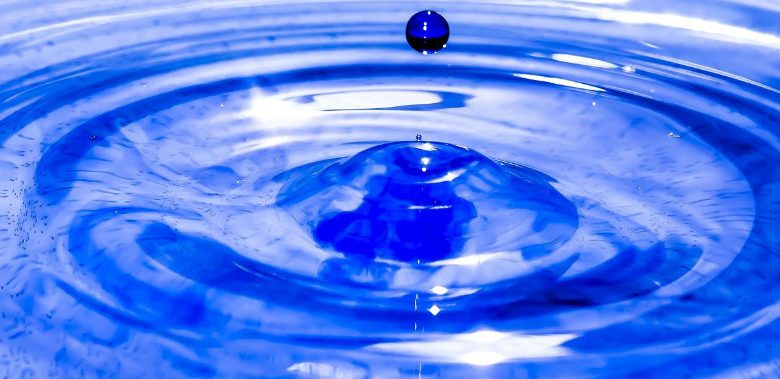
Here’s a look at ink technologies common for wide-format textile printers, their strengths, and their primary applications.
- Dye-sublimation (also called dispersion) ink yields vibrant colors with lower exterior longevity but increased washfastness. This ink is primarily used in the active sportswear and exhibit graphics markets. It is limited to polyester-based or polymer-coated materials. While dye-sublimation inks are typically used in a transfer process, they can also be used to print directly onto fabrics. Direct-to-textile printing eliminates the need for transfer paper, making the overall process less step-intensive. However, fabrics for direct printing need to be coated, which increases the cost of the fabric. Coated fabrics are also limited in types and weights. When directly printing to the fabric, the images are not as sharp and colors don’t “pop” like in the transfer process. This process also requires post-processing to set the dyes.
- Reactive ink is a chemical process using a molecular dye that yields excellent wash- and light-fastness for applications, such as home furnishings. It can be used on pretreated natural fibers such as cotton, linen, silk, rayon, hemp, viscose (wood cellulose), and bamboo. The printed fabric must be steamed and washed. The steaming process is to cure and set the dyes in the fabric. The time it takes to steam depends on the type of steamer and can be anywhere from 10 to 20 minutes. Washing is necessary to clear any uncured ink and pre-coating (required for bed linens and apparel). Washing is simply a hot water process, then drying the fabric. No detergents or chemicals are necessary for the washing process. This will add a soft hand back to the fabric that was lost after the pre-coating.
- Acid ink offers improved exterior longevity making it ideal for flag and banner applications. It etches into synthetic fabrics and can be used in swimwear. It can be used on pretreated synthetic materials such as nylon and spandex, as well as pretreated natural fabrics including silk, wool, angora, alpaca, and some leather. The same steaming and washing process used for reactive ink is required to finish fabrics printed using acid inks.
- Textile pigment ink offers excellent light-fastness and can be used on all fibers. This ink uses a heat fixation process and requires a resin-based carrier to bond to the fabric. The inclusion of resin removes pigment resulting in lower washfastness. It is a general-purpose ink, more commonly used in offset and traditional analog printing methods.



